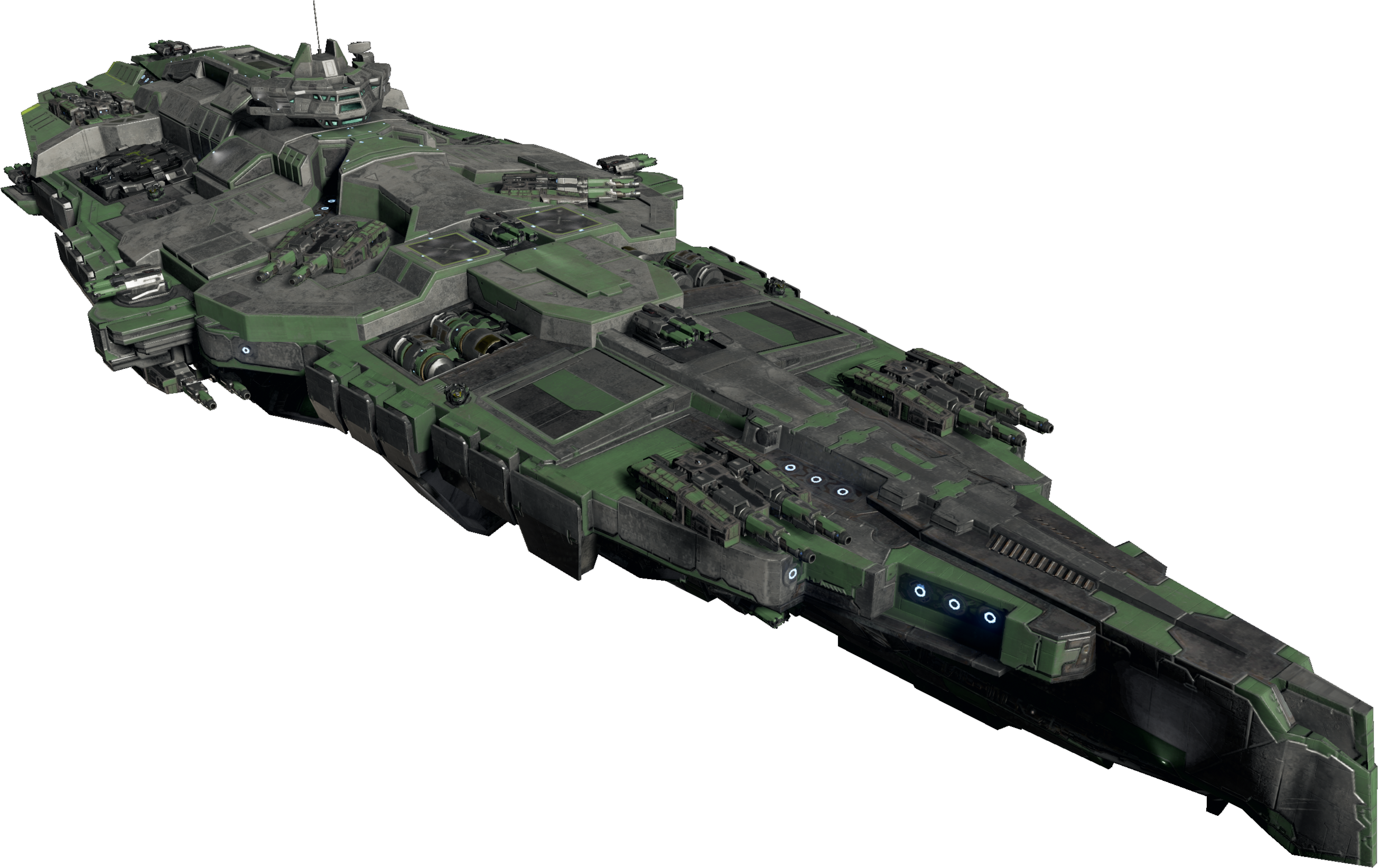
A fleet that thus needed more units in its ranks. The fact that Koko had joined the Anglo-Japanese allaiance in 1905 and was expected -although very remotely- to deal with the Russian fleet, was a valid justification to start new naval constructions as the Naval Staff aimed for a fleet able to sustain indipendent operations. Ships in class: (laid down-launched-commissioned - fate) All four were converted into Minelayers between 19 In April 1917 all four units departed again for Japan, operating briefly under the IJN along Battlecruiser Goryo, while IJN Special Squadrons operated in the Mediterranean Sea.Īfter the war they escaped the axe of the WNT, but their lack of operating range led the four Kuchikukan 12 Class units to be decommissioned between 19, as more advanced Destroyers were entering service. After Tsingtao fell in November 1914 the fleet sailed back to Koko home waters, beign met with widespread celebration. On OctoGerman torpedo boat S-90 torpedoed and sank IJN Takachiho, then tried to run the blockade, only to be pounded into oblivion by Kuchikukan 13 and Aratama. Kuchikukans 12,13 and 14 were already in service by August 1914 and escorted the Battlecruiser Aratama to take part to the Naval Blockade during the siege of Tsingtao. As on the IJN Umikazes, power and speed came with a cost: range for Kuchikukan 12 was just 850nm at 11knots, while improvement on the subsequent units somewhat increased it, none of the other units exceeded 1.500nm.įour units were laid down between 19, and commissioned between 19. Parsons steam turbines propelled them to 33knots. They displaced over 1.000 tons at standard displacement, almost three times the preceding class. The new destroyers were 98,5m long, 8,6 abeam and drafted 2,7m. This led to a reduction of the gun numbers: only one QF 120mm gun was carried (instead of two), while the secondarier were still five 76mm 12-punders single ones. The Kuchikukan 12 Class mantained all characteristic of their IJN siblings except for the armament, Kok's Naval Staff asked for three reloadable twin sets of torpedo tubes, instead of the two fitted on the Umikazes. Ultimately, the choice fell, unsurprisngly, to a modified version of the Umikaze Class Destroyer. Imperial Japanese Navy designers joined the planning stage to provide further aid.


Something the smaller Kuchikukan-10 units were not able to.

Initially concieved as part of the six-unit Kuchikukan 10 class, the four Kuchikukan 12 units were the result of the necessity of providing Koko no kaigun with larger and faster ship, and most importantly, able to sustain prolonged blue water operations.


 0 kommentar(er)
0 kommentar(er)
